Trying to eat healthier or lose a few pounds? There are tons of apps out there, but Noom, MyFitnessPal, and ReciMe are some of the most popular. Each one does things a little differently, so picking the right one really depends on your goals and what kind of support you want. In this guide, we’ll break down what each app offers in a simple, no-nonsense way so you can decide which one fits your lifestyle best.
Why Use an App at All?
- Accountability: A digital log keeps your food and activity data in one place so you can spot patterns quickly.
- Convenience: Barcode scanners, recipe importers, and automatic step counters shrink admin time.
- Personalization: Modern apps crunch your data to suggest calorie budgets, workout ideas, or recipe tweaks.
- Community: Peer groups and coaching features give you a nudge when your own motivation dips.
Whether you thrive on numbers, psychology tips, or meal planning, the right tool can convert good intentions into daily habits.

How ReciMe Helps You Eat Better and Lose Weight
We built ReciMe for home cooks, so every feature starts with food rather than math. Unlike most nutrition apps that revolve around scanning barcodes for packaged products, we focus on the fresh ingredients you actually cook with at home. Packaged goods are often loaded with hidden sugars, sodium, and preservatives, so relying on them for health data can be misleading. By calculating nutrition directly from the recipe itself, ReciMe shows you the true calories, protein, carbs, and fat in a dish made from whole foods – information that is far more useful when you are committed to a healthy lifestyle. Our iOS app keeps every saved recipe at your fingertips, and the Chrome extension lets you clip meals from any site in one click during a lunch-break scroll. An Android version will launch soon, so no matter which phone you carry you will be able to collect, organize, and cook without bouncing between tabs and calculators.
Beyond capture, ReciMe streamlines everything that happens after you tap ‘Save’. One tap extracts full nutrition data, then you can drag the dish onto your weekly meal planner and watch the ingredients flow straight into a smart grocery list sorted by aisle. Need to double the servings? Slide the scale and both the list and the macros adjust instantly.
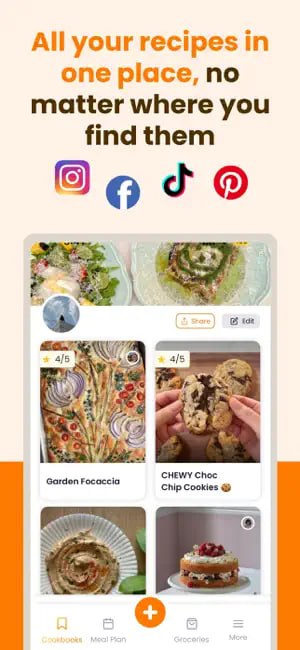
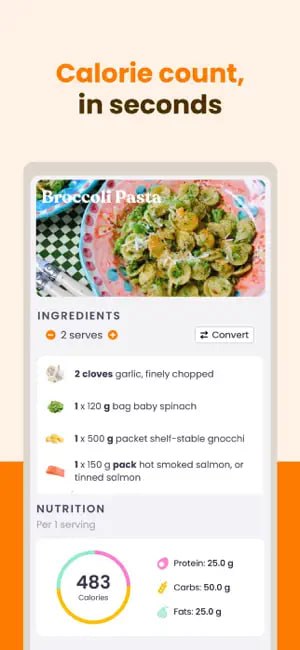
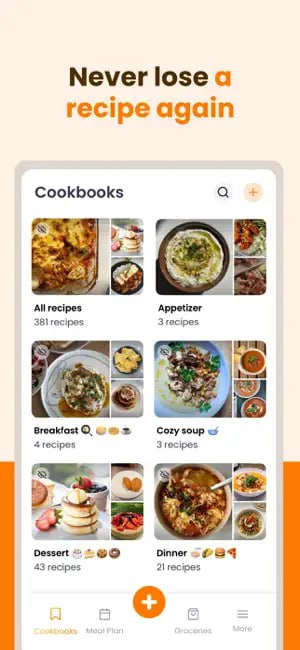
One-Click Recipe Import
- Save from anywhere: Instagram reel, TikTok clip or Pinterest pin
- Smart extraction: We grab ingredients and steps, strip out the ads, and store the recipe in a clean format
- Cloud storage: Your collection syncs across iPhone and iPad, with Android coming soon
Built-In Nutrition Calculator
After you import a dish, simply tap Calculate nutrition. Our engine breaks down: Calories, Protein, Carb, Fat. No copy-paste into external sites and no manual entry of each ingredient. Adjust serving size with a slider and the macros update instantly, so you can scale a recipe for solo lunches or a family dinner without guessing.
More Quality-of-Life Perks
- Screen stays awake in cooking mode
- Metric and US conversions in one tap
- Ingredient adjustments propagate through steps so you do not forget to double the garlic
- Private by default, shareable by choice via email, SMS, AirDrop, or social
Why This Matters for Weight Loss
- Home cooking = portion control: Restaurant meals hide oil, sugar, and salt. Cooking yourself lets you see everything that goes in.
- Macro transparency: Knowing the calorie and protein count of a recipe before you shop helps you plan balanced days instead of reactive snack fixes.
- Less decision fatigue: A stocked, sorted list means fewer impulse buys and less end-of-day takeaway temptation.
Just try it – you’ll love it:



Noom: Psychology in Your Pocket
Noom approaches weight loss as a mindset challenge.
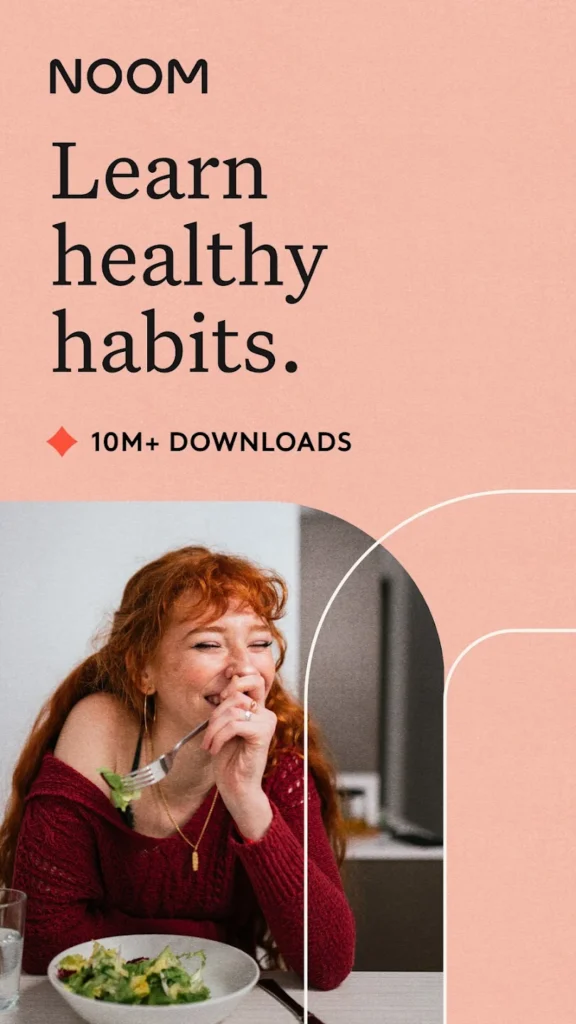
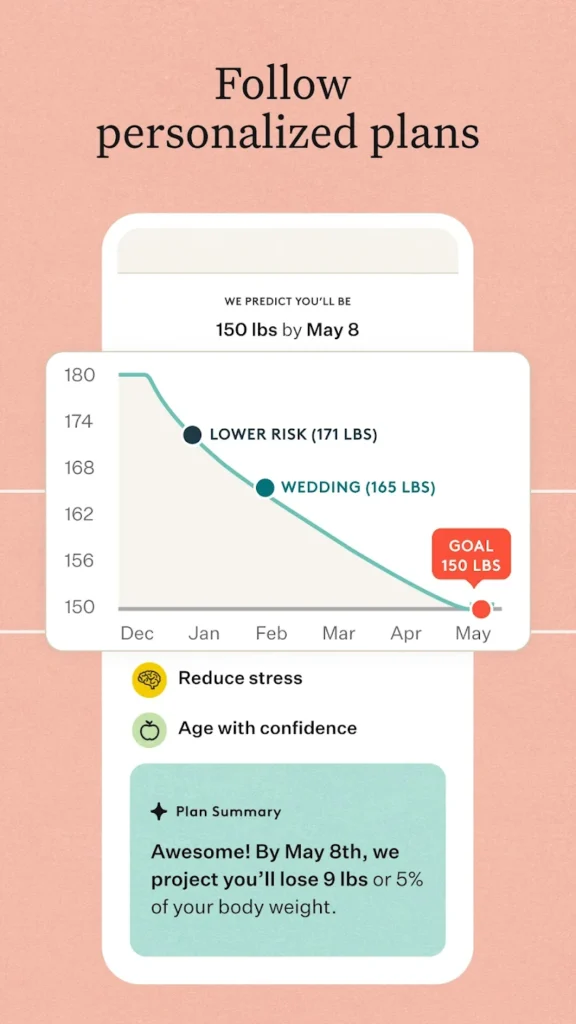

Key Features
- Daily lessons: Five to fifteen minutes on topics like hunger cues, trigger foods, or all-or-nothing thinking
- Color system: Green, yellow, and red foods based on calorie density
- Goal coach: One-on-one messages a couple of times a week
- Group chat: Peer support moderated by a coach
- Weight logging: Encouraged daily to show normal fluctuations
Pros
- Emphasizes behavioral science instead of pure calorie math
- Flags unhealthy weight goals automatically
- Flexible tracking streaks, no “you blew it” shaming
Cons
- Calorie budgets can still land below realistic needs, risking rebound hunger
- Most coaches are not registered dietitians
- Subscription costs add up, especially if you prefer long programs
- Heavy focus on daily weigh-ins may feel intrusive
Noom suits users who need structured reflection more than kitchen inspiration.

MyFitnessPal: The Calorie King
If you love data, MyFitnessPal feels like home.
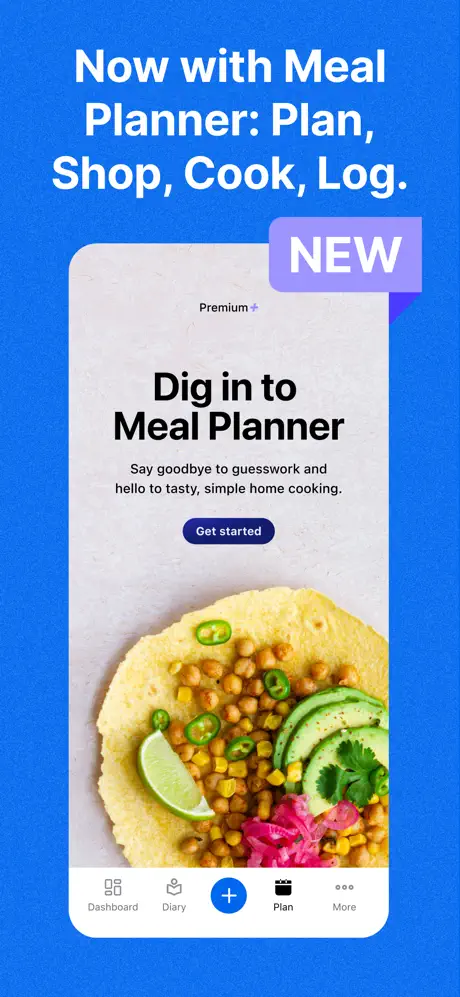

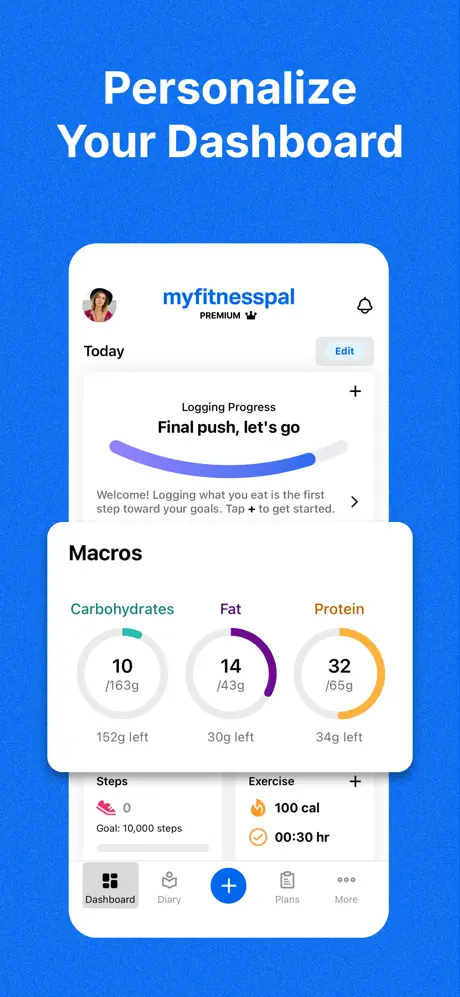
Core Tools
- Large database: Millions of foods, many user-submitted
- Barcode scanner: Fast logging of packaged items
- Macro breakdowns: Track grams of protein, carbs, and fat by meal or day
- Exercise integration: Syncs with wearables and apps such as Fitbit and Apple Health
- Community forums: Swap tips, memes, or meal prep photos
Strengths
- Free tier covers basic logging
- Premium unlocks recipe importer and macro goals by meal
- Couples easily with gym-focused plans thanks to workout calorie credit
Weaknesses
- Ads in the free version can clutter the interface
- Quality control varies in the user database
- Limited guidance beyond numbers unless you pay for coaching courses
- Barcode scanner now paywalled, annoying longtime users
MyFitnessPal is ideal for self-starters who already know nutrition fundamentals and crave detailed tracking.
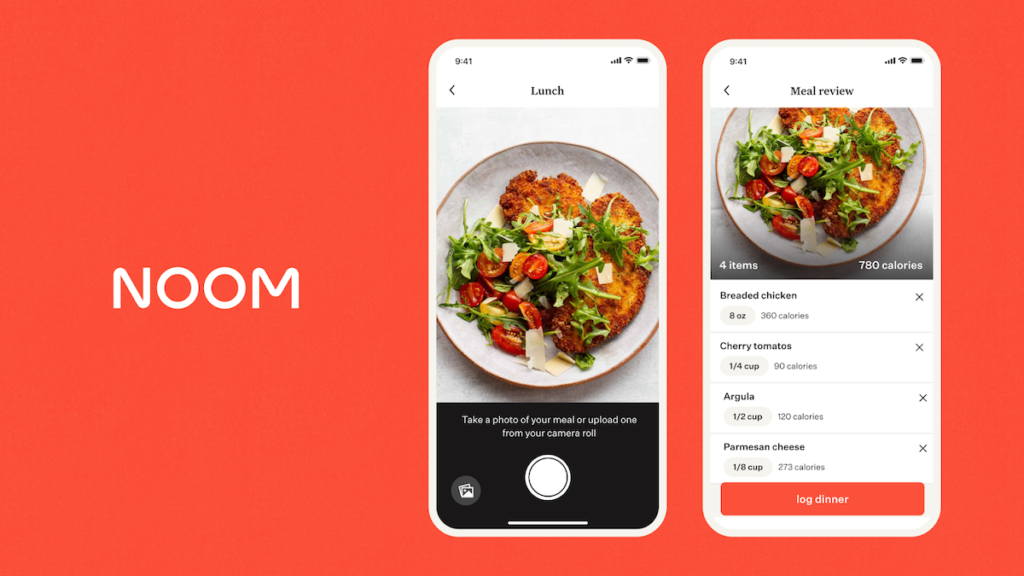
Choosing the Right Fit: How to Know Which App Matches Your Style
Picking a health app is a lot like choosing the right pair of shoes. One size never fits all, and comfort depends on how you plan to use it day in and day out. The three platforms in this comparison solve different problems for different personalities, so use the guidelines below to see which one lines up with your habits, preferences, and long-term goals.
When ReciMe Works Best
ReciMe works best for those of us who love being in the kitchen or are just getting started with home cooking. If you’re constantly saving food videos on Instagram, snapping pics of your favorite dishes, or bookmarking recipes you never revisit, we’ve built ReciMe to bring calm to that chaos. With one tap, you can import any recipe and instantly see its complete nutrition breakdown, including calories, protein, carbs, and fat per serving. Because the data comes straight from the ingredients list, you get a far clearer picture of what you will actually consume than you would from a barcode scan of a packaged meal. That clarity lets you spot nutrient gaps, tweak macros on the fly, and make smarter choices without hopping between multiple apps or notes.
We also shine when it comes to planning ahead. Our smart grocery list pulls ingredients from your meal plan, organizes them by supermarket aisle, and adjusts automatically when you change serving sizes, the nutrition info updates in lock-step so you always know how the macros of your week stack up. If you shop once a week and want to avoid backtracking through crowded aisles, this is a game-changer. And because we focus on whole ingredients and portion awareness rather than calorie obsession or daily weigh-ins, ReciMe supports long-term, sustainable weight loss that feels like balanced eating, not punishment.
When Noom Might Suit You
Noom makes sense if the hardest part of healthy eating is not what you put on your plate but what goes on in your head. Its daily lessons guide you through topics like emotional triggers and all-or-nothing thinking, then pair that insight with a traffic-light food system that nudges you toward lower-calorie options. Regular check-ins from a goal coach provide accountability, and the group chat offers a place to unpack bad days without judgment.
This structure does come at a cost, both in dollars and in time. You need to budget a few minutes each morning for the lesson and be ready to pay a subscription price that is higher than most fitness apps. If you thrive on guided reflection and do not mind the commitment, Noom can be a strong choice.
When MyFitnessPal Shines
MyFitnessPal is built for people who speak the language of numbers. If you want to hit a precise protein target or compare your carb intake from one week to the next, its macro dashboards deliver that level of detail on demand. The giant food database, strengthened by a barcode scanner, makes logging packaged snacks and branded restaurant meals quick and accurate, while seamless syncing with wearables feeds workout calories straight into your daily log.
For many users the free tier provides more than enough functionality, though advertisements and occasional data inaccuracies in crowd-sourced entries may test your patience. Upgrading removes ads and unlocks advanced features, but even the basic version can satisfy anyone who values meticulous tracking over guided coaching.
Noom vs MyFitnessPal vs ReciMe: Feature Face-Off
Below is a plain-English rundown.
Food Capture and Logging
- ReciMe: One-click recipe import plus instant nutrition analysis. Perfect for cooks who think in dishes.
- Noom: Manual entry guided by the green-yellow-red system. Education over speed.
- MyFitnessPal: Barcode scan and search database. Fast for single items, slower for homemade meals.
Mindset and Behavior
- ReciMe: Encourages cooking, planning, and shopping skills that reduce reliance on processed food.
- Noom: Heavy on psychology, habit loops, and thought reframing.
- MyFitnessPal: Focuses on numbers, leaves mindset work to the user.
Device and Platform Support
- ReciMe: iOS and iPad now, Android imminent, cloud sync across devices.
- Noom: iOS and Android, step tracking via phone, connects with major wearables.
- MyFitnessPal: iOS, Android, web, plus wide third-party integration.
Community Vibe
- ReciMe: Recipe sharing and friendly comments with zero weigh-in posts. Food positivity first.
- Noom: Small group chats moderated by coaches for accountability.
- MyFitnessPal: Massive public forums and friend feed. Can feel crowded.
Quick Comparison Table: Which App Suits You Best?
Here’s a quick side-by-side comparison of Noom, MyFitnessPal, and ReciMe to help you see how they differ in key areas like tracking style, support, and food logging. Use this table to find the app that best fits your habits and goals.
| Feature | Noom | MyFitnessPal | ReciMe |
|---|---|---|---|
| Food Logging | Manual with color coding | Barcode scan and database | One-click recipe import |
| Nutrition Detail | Basic calorie guidance | Full macro tracking | Full macro breakdown per recipe |
| Behavior Support | Daily lessons and coaching | Limited, unless Premium | Encourages planning and cooking |
| Community | Small, coach-led groups | Large public forums | Private by default, sharing optional |
| Device Support | iOS, Android | iOS, Android, Web | iOS, iPad, Chrome, Android soon |
| Best For | Mindset-focused users | Data-focused self-starters | Home cooks and planners |
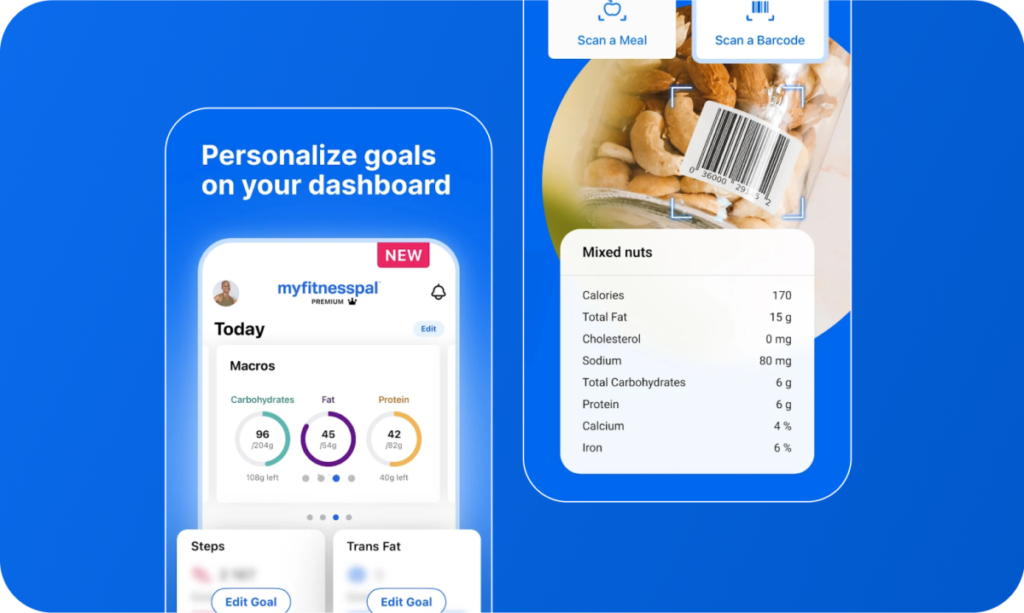
Tips for Getting the Most Out of Any App
Set One Clear Goal
Decide on a single, focused objective like losing ten pounds, cooking at home five nights a week, or hitting 120 grams of protein daily. Clear goals give your app a purpose and help you stay on track. Vague hopes like “get healthier” are hard to measure and even harder to stick with. The more specific your goal, the more likely your app will support it in a meaningful way.
Schedule Check-Ins
Make time each week to plan and reflect. Sundays are great for mapping out meals and organizing your grocery list, while evenings work well for logging what you ate or how you moved that day. These small, consistent habits keep you engaged without feeling overwhelmed. It’s not about being perfect every day, it’s about building momentum over time.
Customize Notifications
Every app wants your attention, but too many alerts can become background noise, or worse, a source of stress. Use the app’s settings to schedule nudges around the times you’re most likely to need help, like mid-afternoon snack cravings or your usual grocery run. Smart reminders at the right moment are more helpful than constant buzzing.
Review and Adjust Monthly
Set aside time once a month to look back at your habits, results, and patterns. Are you hitting your goals? Are certain meals or routines making you feel better or worse? Use what you’ve logged as feedback, not judgment. Small tweaks, like adjusting portion sizes or changing your breakfast, can lead to big improvements over time.
Stay Flexible
No one sticks to a plan 100 percent of the time, and that’s okay. If you skip a day of logging or go off-plan during a hectic week, don’t throw in the towel. Use the app for what it is: a tool, not a test. Partial tracking still helps, and coming back after a rough patch matters far more than any one perfect day.
Conclusion
When it comes to weight loss and meal tracking, the “best” app really depends on how you live, cook, and think about food. If your goal is to build sustainable habits through home-cooked meals, smarter shopping, and less friction between saving and eating well, we built ReciMe exactly for that. Our app makes nutrition visible, grocery lists automatic, and meal planning simple without ever asking you to weigh yourself or obsess over numbers.
If you’re someone who benefits from guided reflection, structure, and regular accountability, Noom offers a more therapeutic approach. And if you want the power of deep tracking with macro data and fitness syncing, MyFitnessPal still holds strong, especially if you’re already deep into training routines or enjoy logging every detail.
Give them a try and start experiencing how easy healthy eating can feel when it’s built around your actual habits.
FAQ
Can I track calories and macros in ReciMe?
Absolutely. Once you import or open a recipe, just tap ‘Calculate nutrition’ to get a breakdown of calories, protein, carbs, and fat per serving. No need to enter ingredients manually.
Do I need to be tech-savvy to use ReciMe?
Not at all. ReciMe was designed to be user-friendly and intuitive, even if you’ve never used a recipe app before. Whether you’re meal planning on your iPad or grabbing a quick recipe on your phone, everything syncs and stays organized.
Can I use these apps on multiple devices?
Yes. ReciMe supports iOS and has a Chrome extension, with Android support coming soon. Noom and MyFitnessPal are available on both iOS and Android, and MyFitnessPal also offers a desktop web version.
Which app is best if I want coaching and structured lessons?
Noom is your best bet if you’re looking for one-on-one coaching, behavior change lessons, and a structured wellness plan. ReciMe focuses on giving you tools to plan and eat better, while MyFitnessPal provides minimal guidance unless you pay for Premium coaching features.
Do I need to weigh myself to use any of these apps?
No. ReciMe doesn’t require or encourage weight tracking at all. Noom recommends daily weigh-ins as part of its behavioral approach, while MyFitnessPal includes a check-in feature for those who want to monitor weight changes over time.
